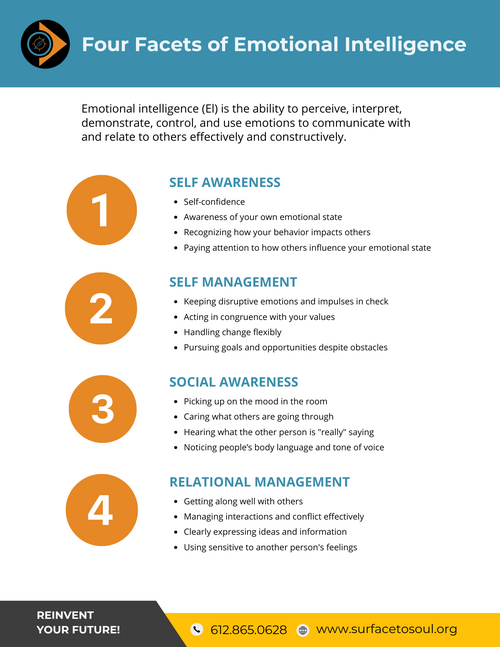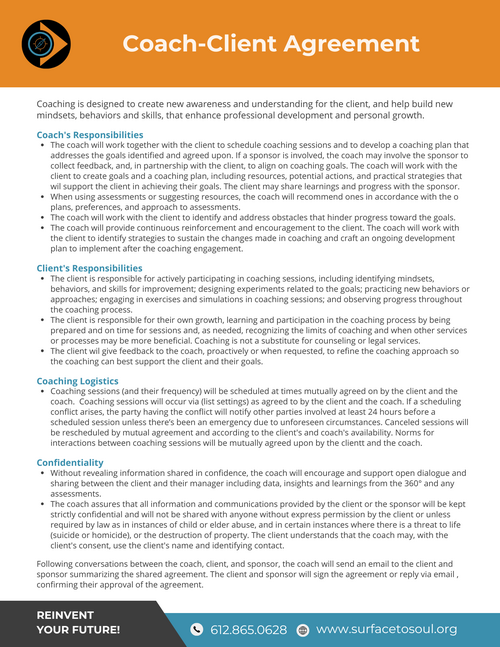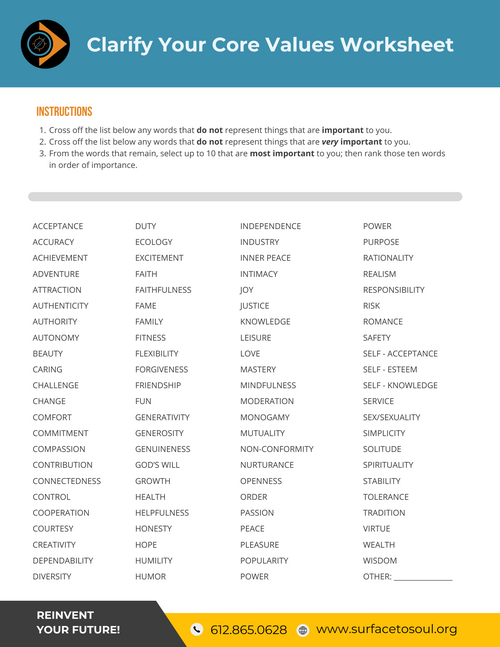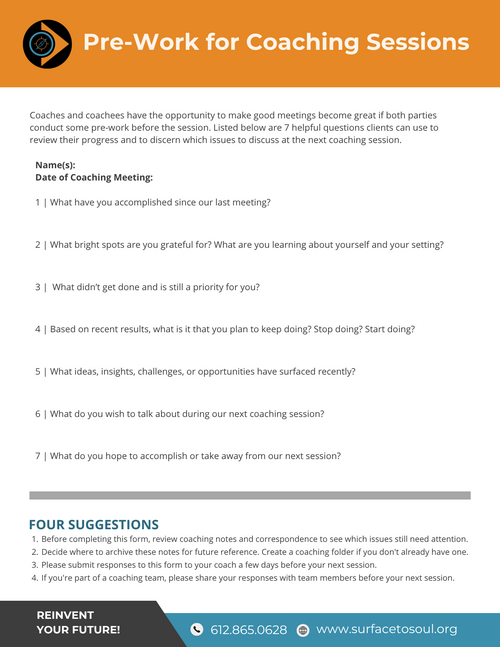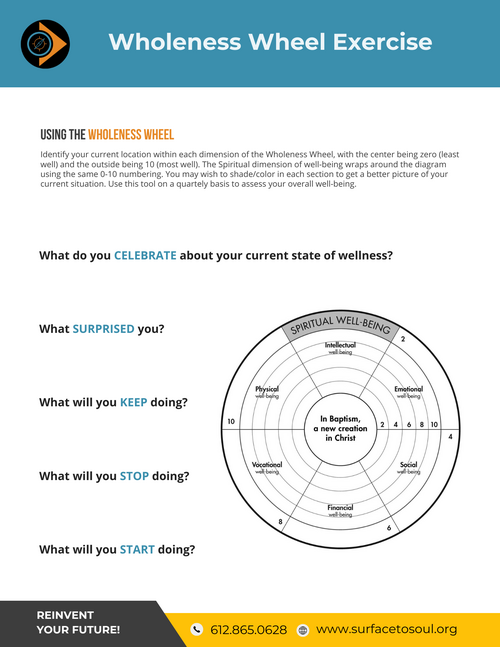Training Description
Managing multiple coaching relationship can feel overwhelming new coaches as well as those who have several clients. This 90-minute training provides a practical roadmap to guide coaches through the entire engagement process. Participants will explore four key phases of a coaching relationship:
Through discussion, real-life applications, and actionable strategies, attendees will gain confidence in establishing client relationships, fostering meaningful conversations, co-creating goals, and concluding engagements effectively.
Whether you’re just starting or refining your practice, this training will equip you with essential tools to coach with clarity and confidence.
- Launching
- Listening
- Learning (unlearning)
- Letting Go.
Through discussion, real-life applications, and actionable strategies, attendees will gain confidence in establishing client relationships, fostering meaningful conversations, co-creating goals, and concluding engagements effectively.
Whether you’re just starting or refining your practice, this training will equip you with essential tools to coach with clarity and confidence.
The 5 Steps
STEP 1 (DANCE): Find out if we’re a good fit for each other
In the “Dance” stage, the coach and potential client explore whether the partnership feels like a good match. This is an informal, open conversation that focuses on compatibility, expectations, and initial impressions.
Key Actions:
STEP 2 (DEAL): Clarify the desired coaching outcomes & logistics.
Once there’s agreement to work together, the “Deal” stage formalizes the coaching relationship. Here, expectations are made explicit, success measures are set, and the client’s desired outcomes are defined.
Key Actions :
STEP 3 (DEVELOP): Building capacities& practices for coaching well.
In this stage, the coach helps the client build the mindset, habits, and structures that make coaching effective. It’s about setting the stage for growth by ensuring the client has the right environment and tools.
STEP 4 (DESIGN): Create a clear road map for moving forward.
This is where vision meets strategy. Together, the coach and client shape a plan that’s both inspiring and actionable.
STEP 5 (DO): Coach & resource the client toward preferred futures)
This is the active journey—where insights turns into action and learning. The coach supports, challenges, and resources the client as they implement their plan. This step also involves bringing closure to the coaching relationship.
In the “Dance” stage, the coach and potential client explore whether the partnership feels like a good match. This is an informal, open conversation that focuses on compatibility, expectations, and initial impressions.
Key Actions:
- Engage in a chemistry conversation to understand the client’s needs, goals, and coaching readiness.
- Share your coaching style, philosophy, and boundaries.
- Explore the client’s past experiences with coaching or mentoring.
- Identify potential areas of alignment and possible deal-breakers.
- Agree on whether to proceed to a formal engagement discussion.
STEP 2 (DEAL): Clarify the desired coaching outcomes & logistics.
Once there’s agreement to work together, the “Deal” stage formalizes the coaching relationship. Here, expectations are made explicit, success measures are set, and the client’s desired outcomes are defined.
Key Actions :
- Identify the scope of coaching (leadership growth, career transitions).
- Establish session frequency, duration, communication methods, etc.
- Agree on roles and responsibilities (coach provides structure and support, client owns outcomes, actions and results).
- Write coaching contract/agreement that both parties sign.
STEP 3 (DEVELOP): Building capacities& practices for coaching well.
In this stage, the coach helps the client build the mindset, habits, and structures that make coaching effective. It’s about setting the stage for growth by ensuring the client has the right environment and tools.
STEP 4 (DESIGN): Create a clear road map for moving forward.
This is where vision meets strategy. Together, the coach and client shape a plan that’s both inspiring and actionable.
STEP 5 (DO): Coach & resource the client toward preferred futures)
This is the active journey—where insights turns into action and learning. The coach supports, challenges, and resources the client as they implement their plan. This step also involves bringing closure to the coaching relationship.
YOUR CLIENTS
- Who are your clients?
- What are their needs?
- What do you offer?
- Are they ready? Hungry?
- Do you see any "red flags?"
- Are they committed?
TOOLS | SYSTEMS
- Chemistry Conversation
- The Coaching Process
- Assessment Forms
- Client Intake Forms
- "Check-in" Conversations
SAMPLE RESOURCES

